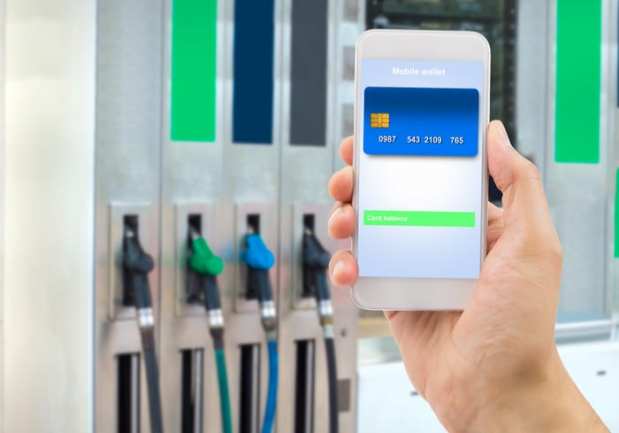How Mobile Wallets Tap Into Consumer Security At The Pump And C-Stores

From fuel pumps to convenience stores (C-stores), many consumers worry about the security of their personal financial information. An ACI Worldwide and YouGov survey, for instance, found that more than six in 10 – or 62 percent – of U.S. adults are concerned about the security of their financial data when making payments at these venues. However, a far smaller share of consumers – 7 percent – prefer to pay with mobile wallets at fuel pumps and convenience stores. Of consumers who have used a mobile app, 83 percent are satisfied with the speed and convenience of the experience.
Mobile wallets, however, have advantages that span from convenience to security. ACI Worldwide Merchant Solutions Vice President Benny Tadele said, “Skimming devices at gas pumps is frequently used to steal consumers’ financial data, hence the high level of concern with data security at gas pumps. However, few consumers are aware that digital wallet payments are not only faster and easier, but they are generally more secure than traditional methods of payment.”
More respondents are “somewhat satisfied” with the purchasing experience at fuel and C-stores compared to those who are very satisfied: While 36 percent of respondents fell into the former category, only 27 percent fell into the latter bucket with their overall payments experience. At the same time, roughly two in 10 – or 21 percent – of respondents were neither satisfied nor dissatisfied. Along with the survey, the company also examined the views of customers from specific generations and geographies.
Seven in 10 – or 70 percent – of baby boomers are more concerned about the security of their financial data than younger generations. Moreover, the company reports that almost the same share – 69 percent – of baby boomers are satisfied with their payment experience at gas pumps than younger generations. In terms of specific geographies, respondents in the Northeast prefer credit and debit cards the least at 47 percent, compared to respondents in the Midwest (64 percent), in the west (56 percent) and in the south (52 percent). At the same time, the Northeast has the highest preference for cash at 26 percent, compared to the Midwest (18 percent). The south and west follow close behind at 21 percent and 22 percent, respectively.
Beyond gas sales, convenience stores may benefit from offering a user-friendly experience for mobile. According to the PYMNTS Paying at the Pump Report, “Mobile apps are proving to be effective at encouraging consumers to visit a station’s C-store to buy items like soda, snacks, magazines and cigarettes.” Nearly three-quarters of the consumers who use mobile apps to pay for gas say they are likely to shop at the facility’s convenience store. In addition, more than eight in 10 – or 82 percent – want a mobile app experience that will enable them to pay for C-store products.
Grocery Store
At the supermarket, almost nine in 10 – or 86 percent – of grocery shoppers say the location they most often visit has a standard cashier as an option for payments. But a smaller share – 60 percent – say the retail locations where they shop have self-checkout/unmanned kiosks as a payment option. An even smaller portion – 19 percent – of respondents shop at stores that have a digital wallet option for payments. Approximately the same share – 18 percent – shop at stores that have a self-managed mobile app or scanning option for checkout.
Better prices are the most common element that shoppers said would improve their shopping experience, but the company found payments and checkout were important as well. More checkout lanes/kiosk options and faster checkout/payment processes were tied for second at 39 percent. At the same time, the report found more millennials than Gen Xers and Baby Boomers desired a fast checkout/payment process.
“As Gen Z continues to gain purchasing power, retailers and merchants need to consider offering digital wallet payments as an option or be left out,” Tadele said, according to an announcement. “By addressing security through tokenization, point-to-point encryption and fraud prevention and detection tools, merchants are increasing consumers’ confidence in using these convenient channels of payment.”
According to the PYMNTS Enterprise Retail Grocery Report, the ability to scan and pay through a mobile device is the main reason shoppers visit a grocery retailer at 16.7 percent. In addition, 90 percent of customers shop and purchase groceries in a physical store, and 27 percent want a well-coordinated online and in-store shopping experience. “Whether young or old, the ability to have a well-coordinated online and in-store experience was the top influencer for consumers choosing where they should shop and purchase, narrowly beating out personalized offers,” the report found.
From supermarkets to gas stations and C-stores, mobile payments may provide a world of security and convenience to shoppers as they fill up at the pump or restock their supply of groceries.
